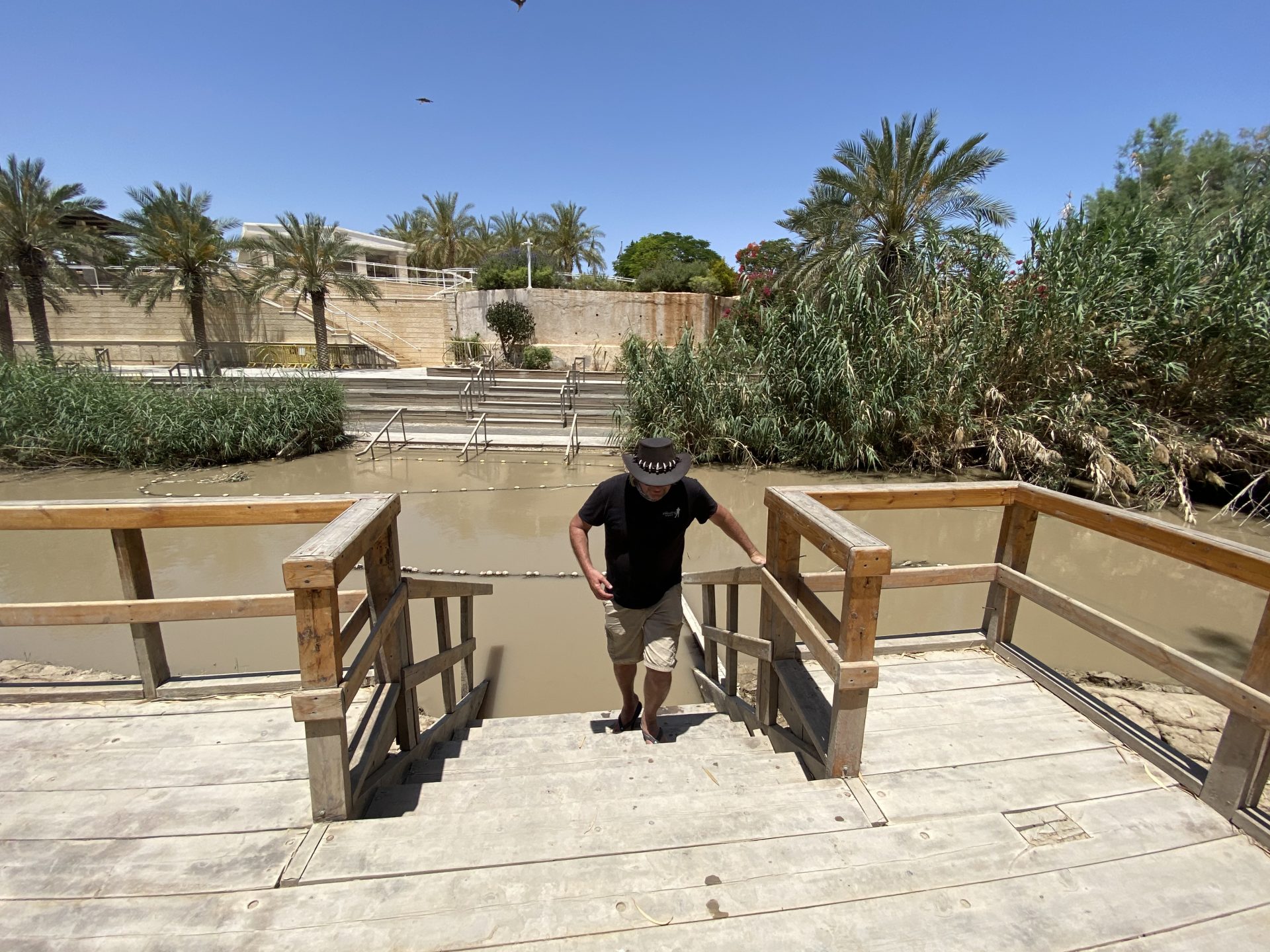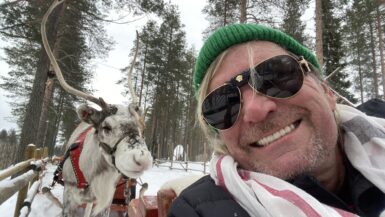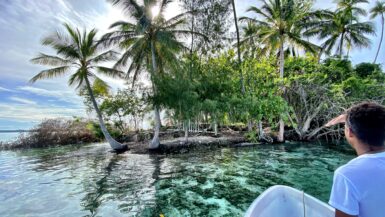I felt like I was in a scene from the film “National Treasure”.
I was looking for a map, but not one printed on paper. I walked down the narrow street past the souvenir shops and asked a local for directions. He didn’t speak English so I mimed what I was looking for to the best of my ability until he suddenly grinned and pointed down the road. A century old Greek Orthodox Church held the map I was seeking.
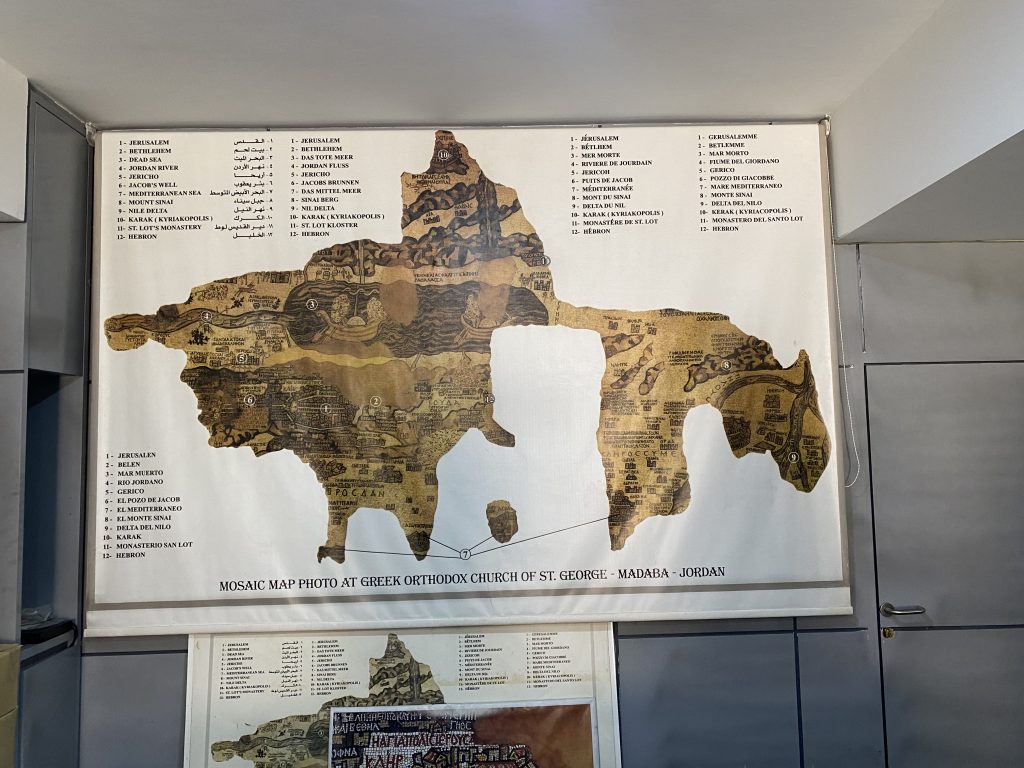
In 1884 in the Jordanian city of Madaba, a giant 6th century mosaic was discovered in the ruins of an ancient Byzantine church.. Despite the fact that the map suffered lots of damage throughout its long history, it turned out to be remarkably accurate when paired with biblical verse. Scholars used the mosaic to help pinpoint actual locations in the Christian scriptures. Missing cities were found. However, the single most important spot on this map is the place where Jesus was baptized.
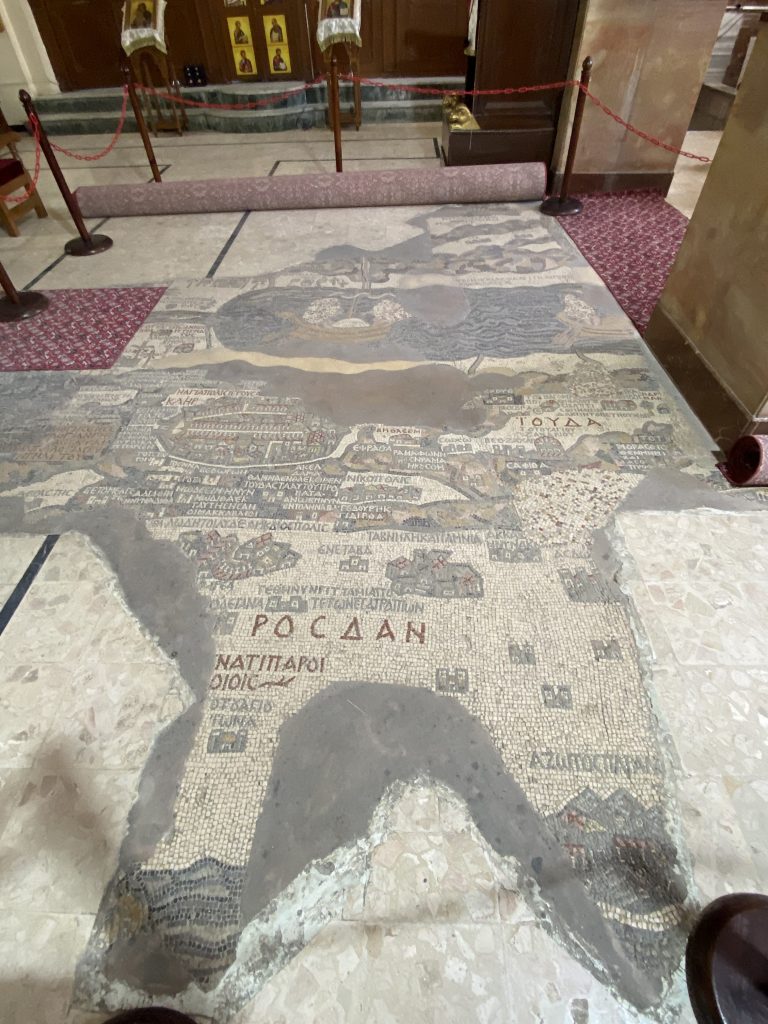
In the book of Matthew of the New Testament, we learn that Jesus left Nazareth (in present day Israel) and journeyed to the place where John the Baptist was performing baptism rituals. John was living in a cave in the wilderness, dressed in clothing made from camel hair and surviving on locusts and honey. The place where he performed baptisms was in a spring on the eastern bank of the Jordan river.
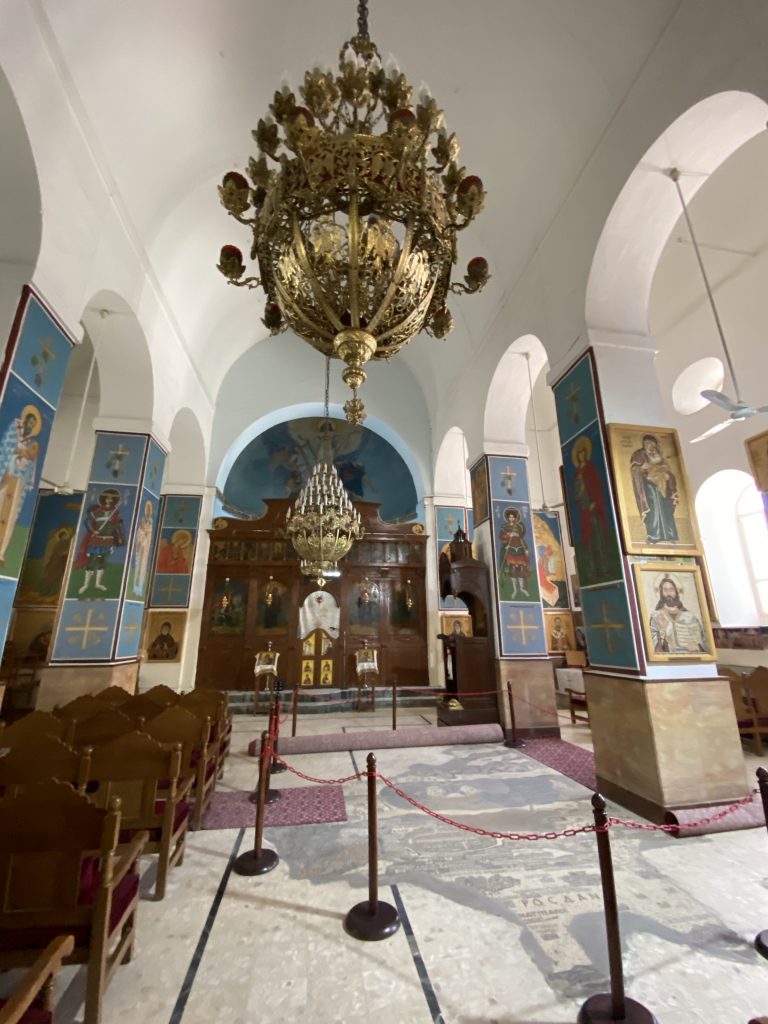
The map mosaic at Madaba combined with descriptions from the New Testament helped archaeologists determine the precise location of this spring. Regardless of one’s faith, most historians agree that Jesus was a real person and that he was baptized at this place. However, with the never-ending conflicts between Israel and its neighbors, you can’t just drive to this border and get baptized. It’s a far different political situation than 2000 years ago when Jesus visited.
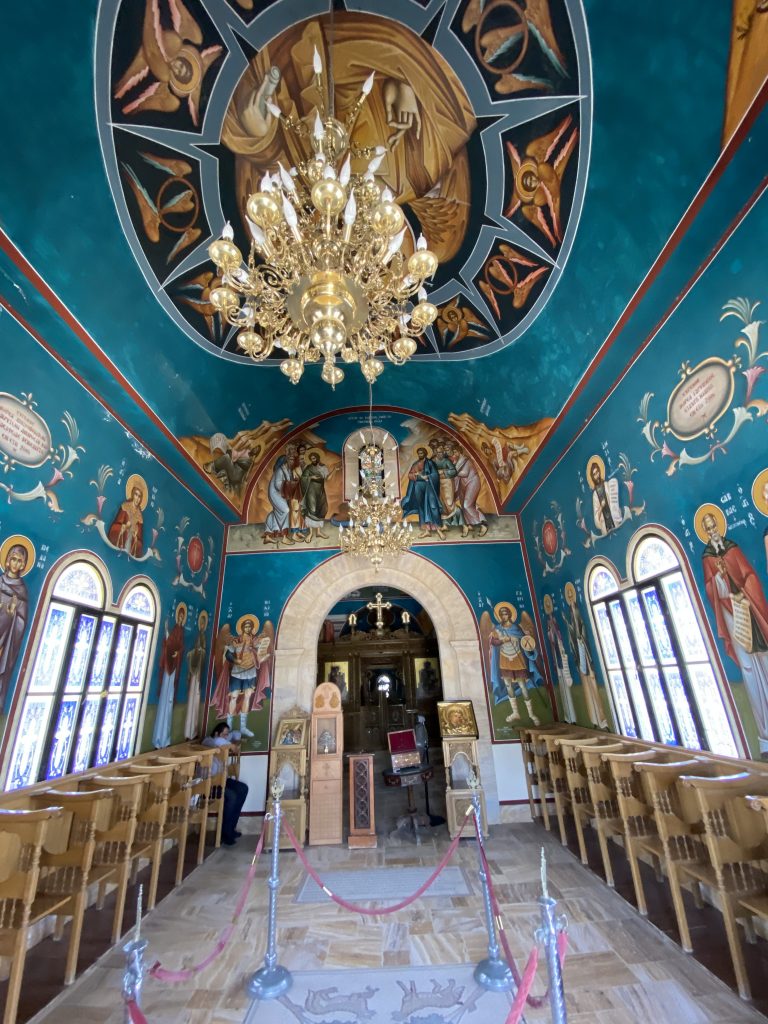
A couple miles drive to the east is the parking area, a ticket office and shuttle that runs every half hour to the site with an included guide. After a security check, you drive past a scrubby desert area towards the new Greek Orthodox Church, one of the only buildings in the area. Once you’ve started walking to the baptismal spot, you’ll see ruins of 4 other churches that once graced this holy site.
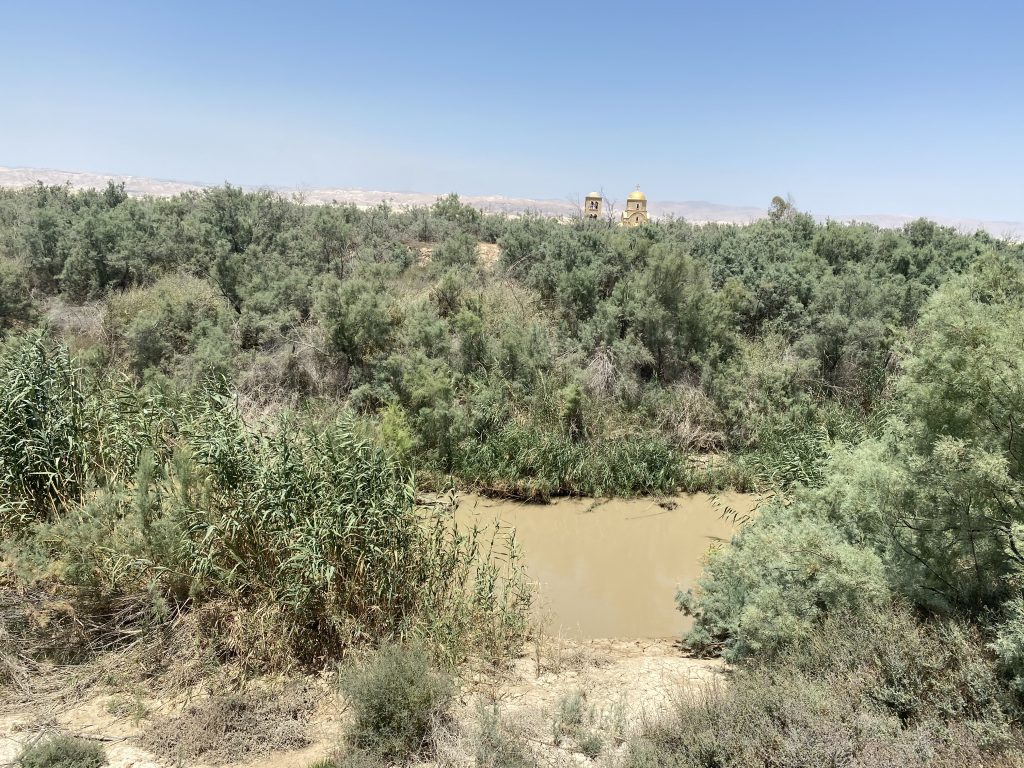
We walked a few minutes down a path towards the Jordan River. I must admit, I was expecting something a bit more glamorous than a bayou when I reached its banks. Dams along its sources have decreased the flow of this once mighty river. It twists and turns and separates Israel and Jordan in the same way as the Rio Grande divides Texas and Mexico.
In spite of its small size, there’s still enough water to support some trees and provide a little shade in this desert. Once you’ve reached to Jordan river, the path leads you to the site of the former spring where Jesus was baptized.

I suppose I half-expected to see some amazing museum or grand entrance on this site. I wouldn’t have been that surprised to hear some epic music or even some angels singing, but the site was pure and simple. Marble steps added by early Christians led to the font and there were remains of long forgotten churches fringing the edges. Other than that, the site is like a small retention pond with less than a foot of water. In spite of the fact that nothing looks like any Bible illustration I’ve ever seen, it was still an awe-inspiring moment visiting this holy place.
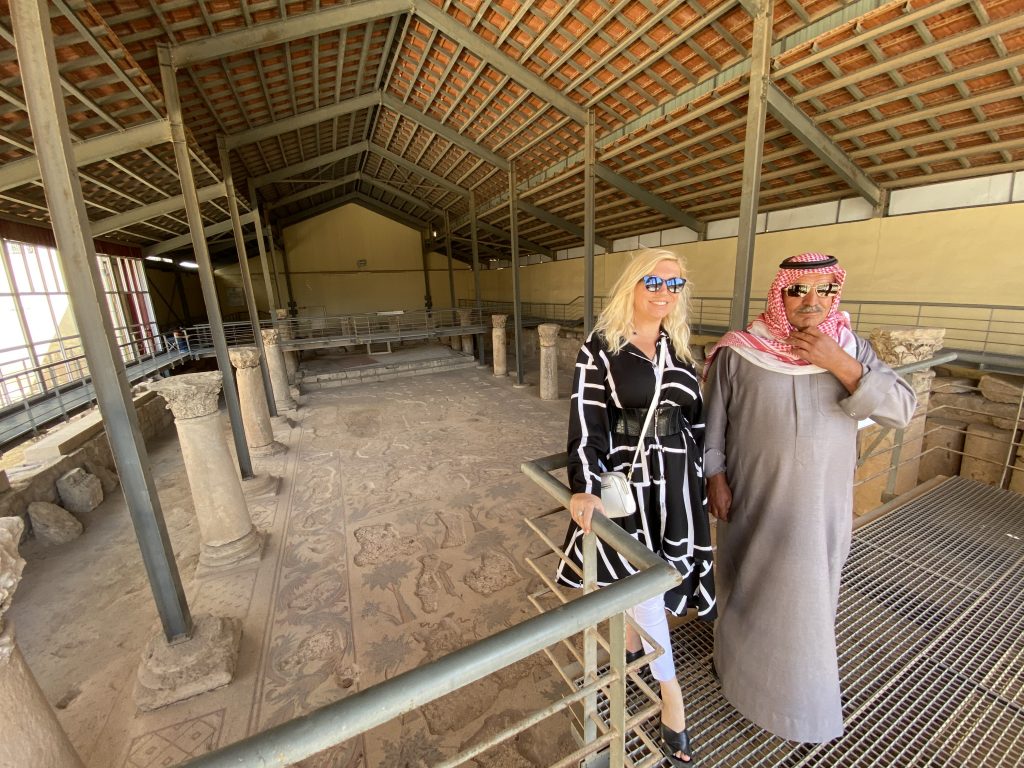
If you’re looking for other important sites from the Bible, there’s some interesting places within an hour or two. Lot’s cave has been located near the Dead Sea as well as the grave of Aaron (Harun in Arabic), Moses’ brother and spokesperson, buried in Petra. These figures are also important in the Jewish and Muslim faiths.
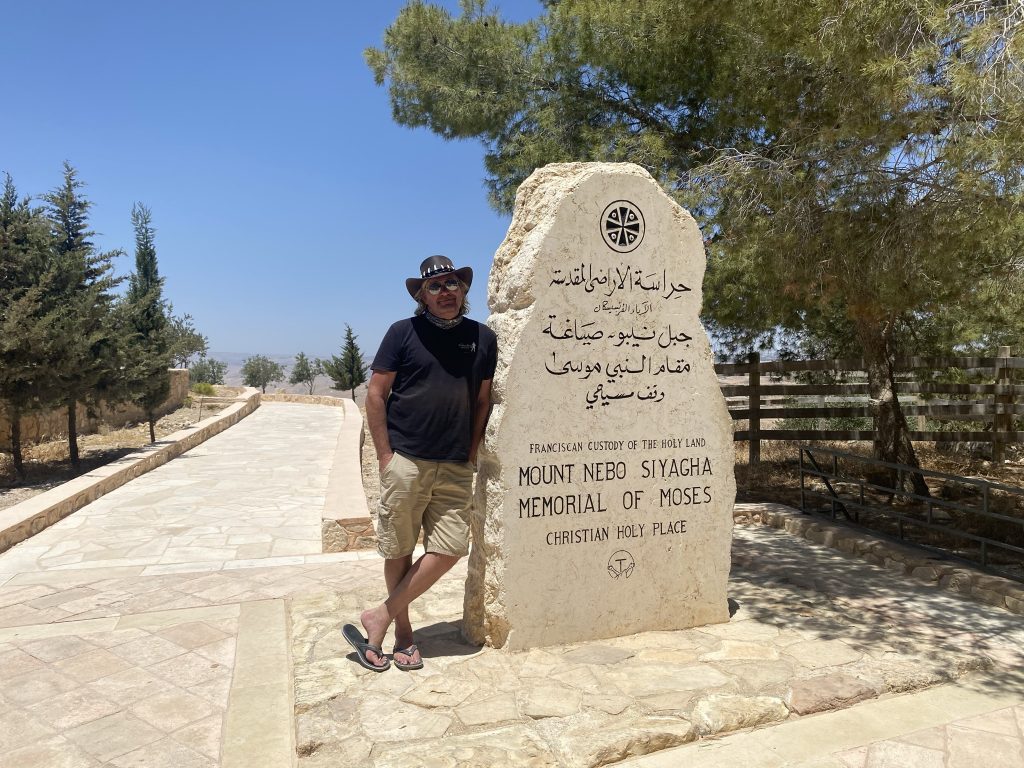
Rising above the Dead Sea is Mount Nebo, the place where Moses looked out over the promised land but sadly enough didn’t live long enough to venture there. On top of this mountain is a memorial to the prophet, an olive tree planted by Pope John Paul II and a huge display of ancient floor mosaics. Jordan has a long history of this tiled art form and these ancient displays give us a lot of insight into the life of the people who lived during their construction. Many believe that Moses is buried somewhere on this mountain.
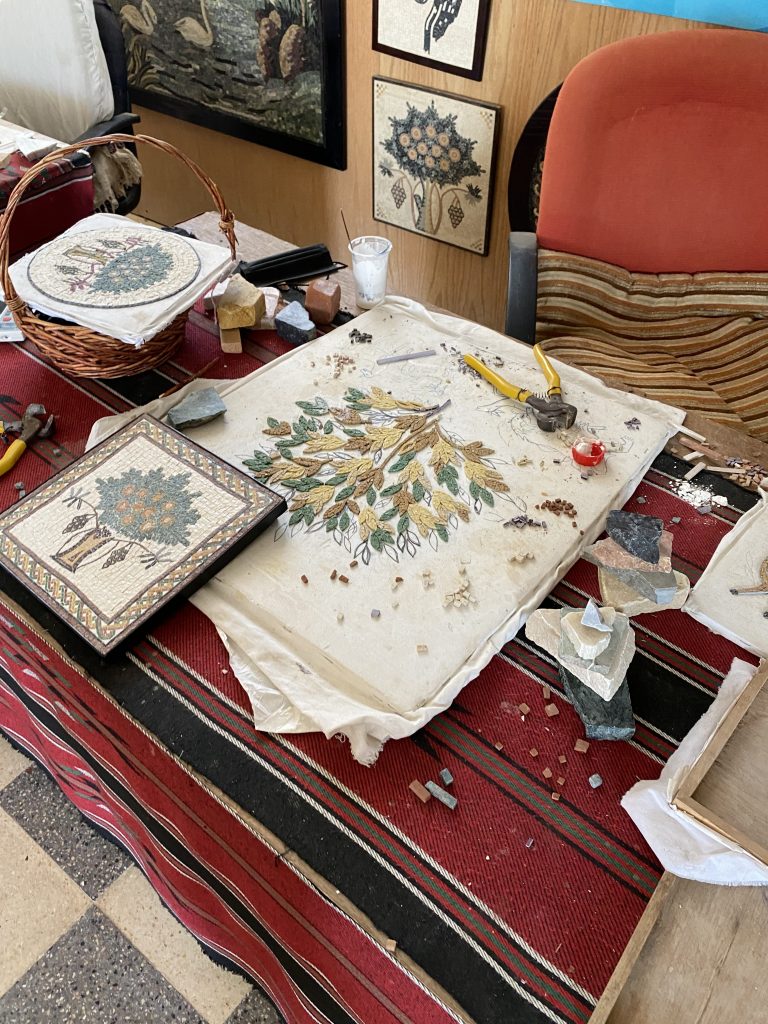
Mosaics are still created by families throughout the region using many of the same techniques from over a thousand years ago. Madaba is full of shops with vendors that will be happy to make you a custom mosaic or sell you something out of their inventory. The process of their creations is amazing, even more so when you think of the lack of resources available to the ancient Byzantine artisans 1400 years ago.
We can thank those early craftsmen for providing us with one of the few surviving maps of the Holy Land.


